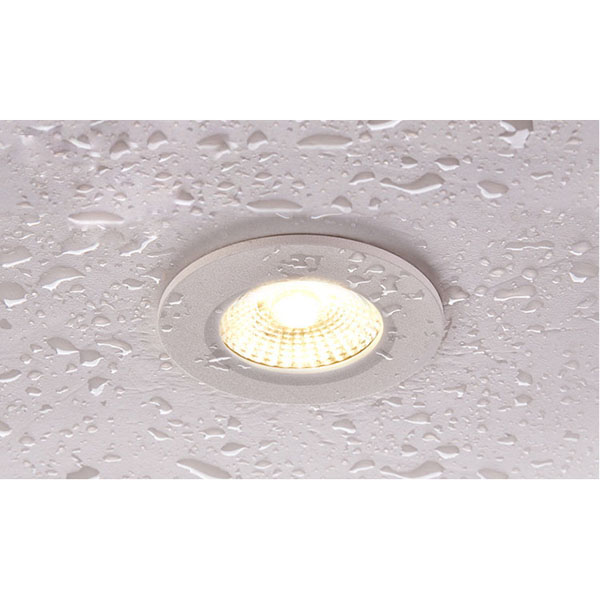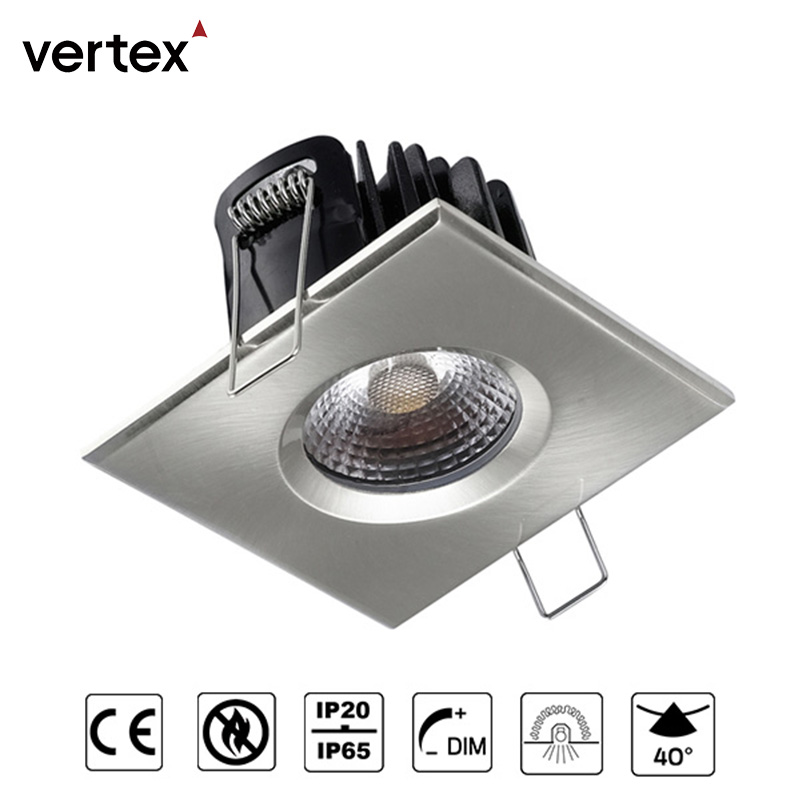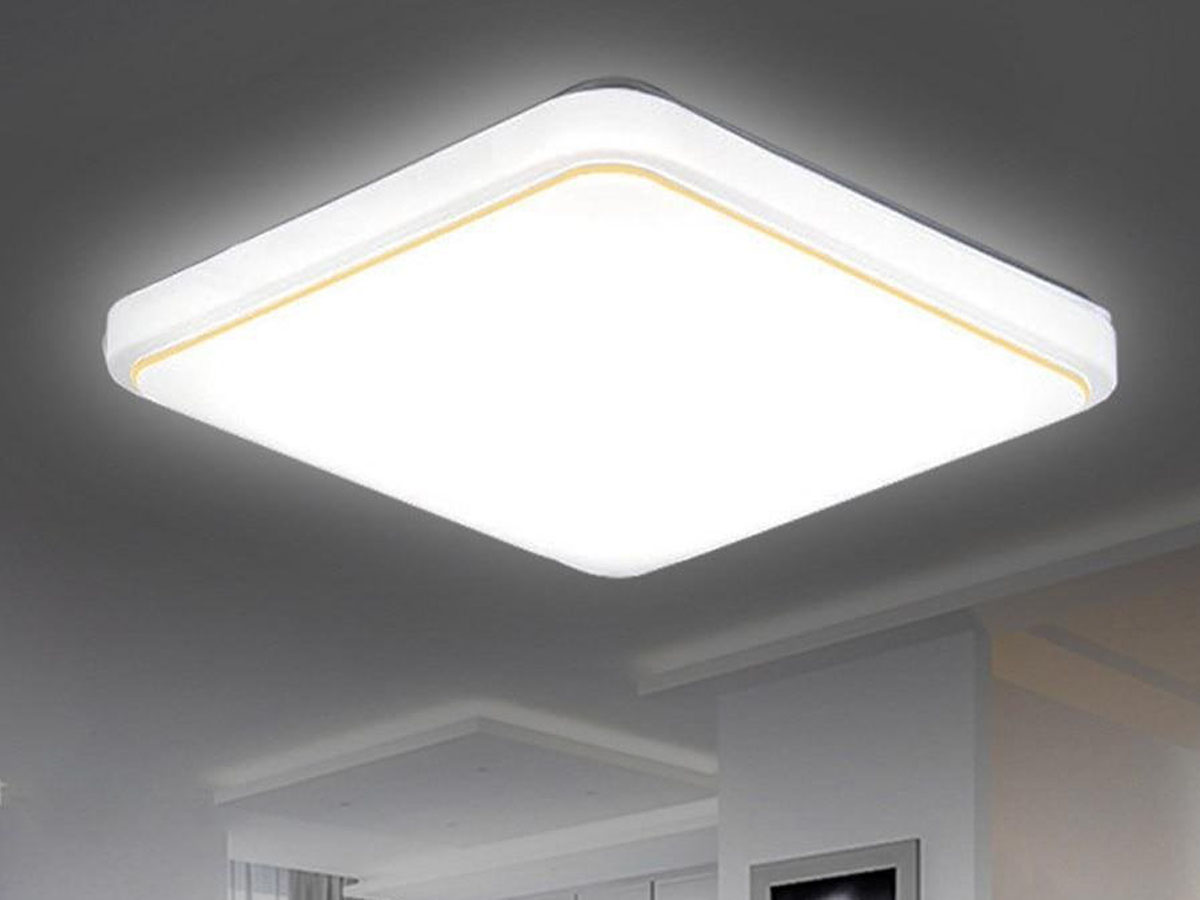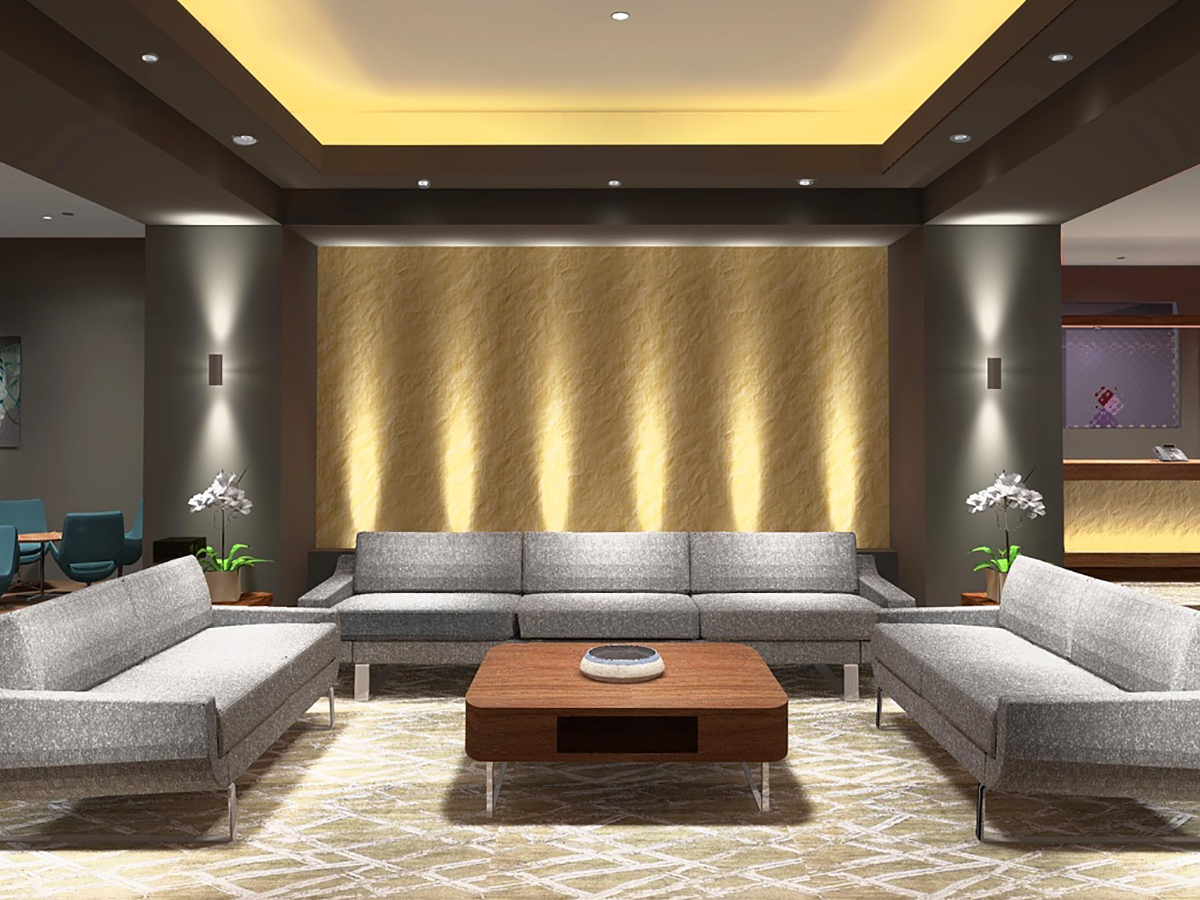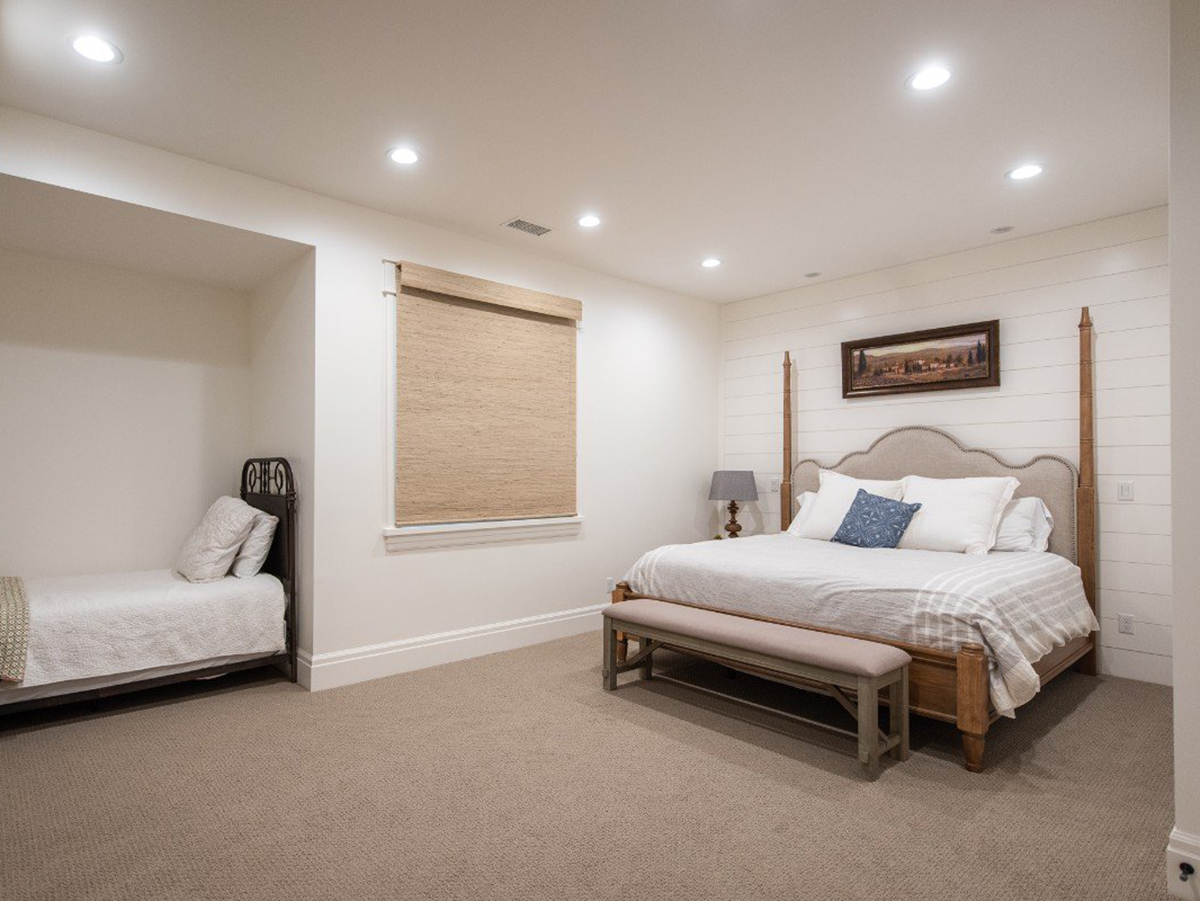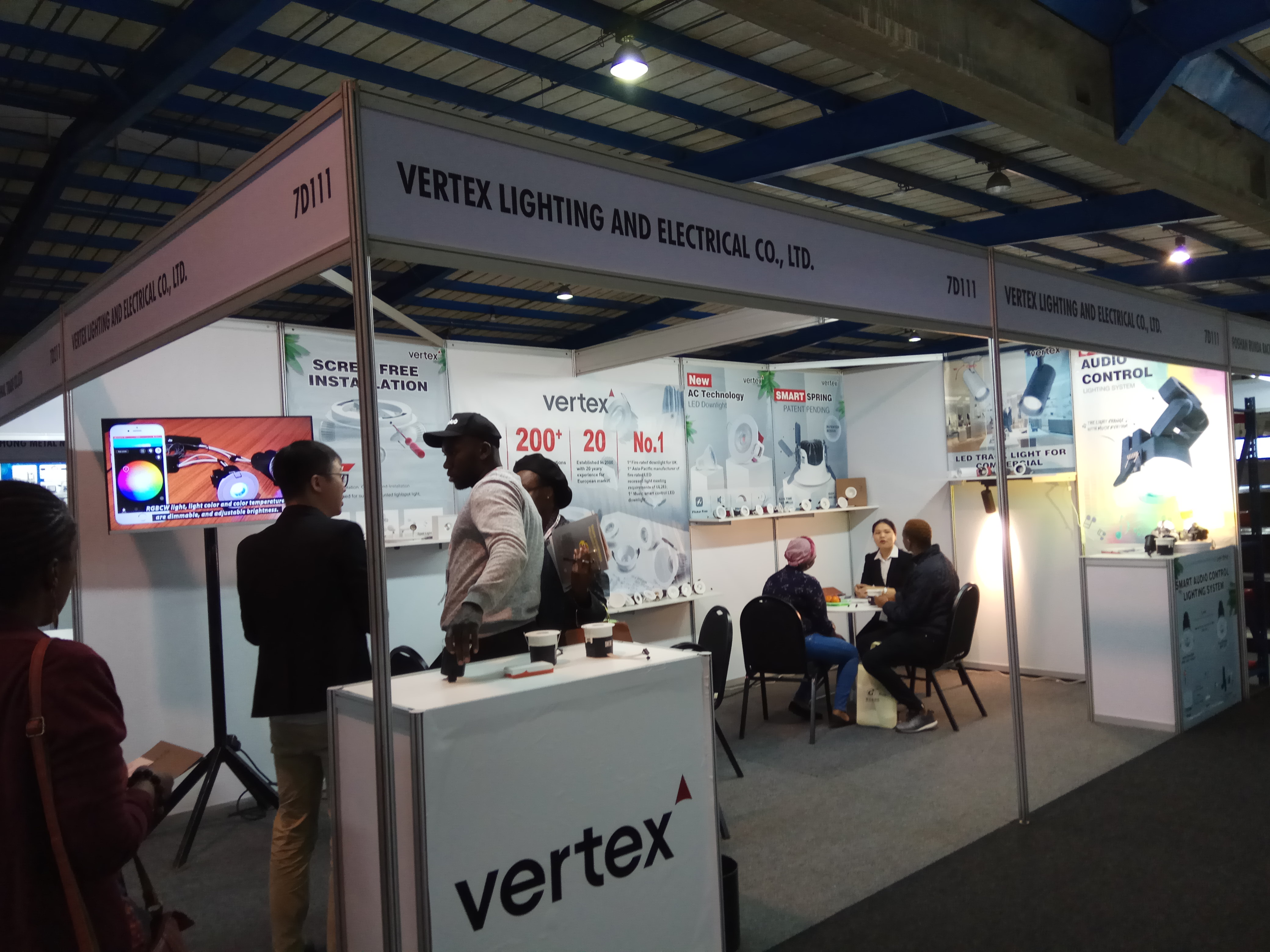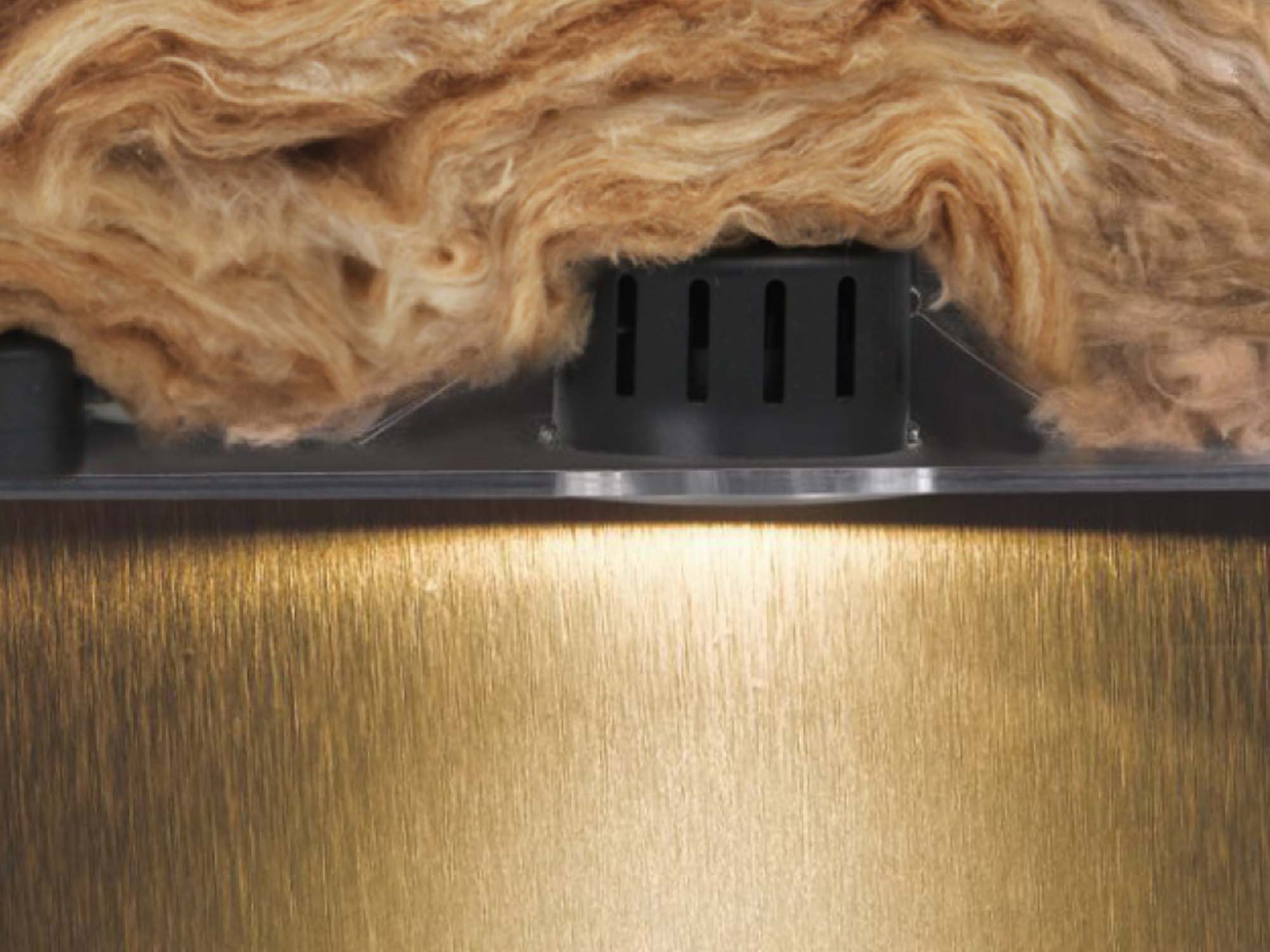Choosing the right IP65 waterproof downlight is crucial for ensuring optimal performance, durability, and aesthetic appeal in both indoor and outdoor settings. IP65 waterproof downlights are designed to withstand water and dust infiltration, making them perfect for moist or dusty settings. This guide will help you navigate through the key factors to consider when selecting the best IP65 waterproof downlight for your needs.
Understanding IP65 Rating
What Does IP65 Mean?
The IP (Ingress Protection) rating is a standard that indicates the level of protection an electrical device has against solids and liquids. The first digit (6) represents protection against dust, and the second digit (5) represents protection against water jets from any direction. Therefore, an IP65 rating means the downlight is completely dust-tight and can withstand water jets, making it suitable for wet and dusty environments.
Importance of IP65 Rating in Downlights
IP65 rated downlights are essential for areas exposed to water and dust, such as bathrooms, kitchens, outdoor patios, and commercial spaces. The rating guarantees that the downlight will operate efficiently and safely under these conditions, ensuring long-term dependability and performance.
Key Features to Consider
Brightness and Lumens
When choosing an IP65 waterproof downlight, one of the primary considerations is the brightness, measured in lumens. The lumens required are determined by the specific application and the size of the area being lighted. For example, a small bathroom might require 300-500 lumens, while a larger kitchen might need 700-1000 lumens or more.
Color Temperature
The color temperature of a downlight, measured in Kelvin (K), affects the ambiance and functionality of the space. Common color temperatures include:
Warm White (2700K-3000K): This creates a cozy and inviting atmosphere, ideal for living rooms and bedrooms.
Cool White (3500K-4100K): Provides a bright and vibrant light, suitable for kitchens and bathrooms.
Daylight (5000K-6500K): Mimics natural daylight, perfect for workspaces and areas requiring high visibility.
Beam Angle
The beam angle of a downlight determines the spread of light.
Narrow beam angles (15°-30°) create focused lighting, ideal for highlighting specific areas or objects. Wider beam angles (60°-120°) provide more general lighting, which is ideal for larger venues.
Dimmability
Dimmable downlights offer flexibility in controlling the light intensity, allowing you to adjust the brightness according to your needs and preferences. This feature can enhance the ambiance and energy efficiency of the space.
Energy Efficiency
Opting for energy-efficient downlights, such as LED downlights, can significantly reduce energy consumption and lower utility bills. Look for downlights with high lumens per watt (lm/W) ratings, indicating better energy efficiency.
Installation and Compatibility
Ceiling Type and Cut-Out Size
Ensure the downlight is compatible with the type of ceiling and the cut-out size of the installation area. Some downlights are designed for specific ceiling types, such as plasterboard or suspended ceilings, while others are more versatile.
Wiring and Power Supply
Check the downlight's wiring and power supply requirements to ensure they match your present electrical configuration. Some downlights may require a specific type of driver or transformer, so it’s essential to verify compatibility before purchasing.
Installation Ease
Consider the ease of installation, especially if you plan to install the downlights yourself. Some downlights come with quick-connect fittings and detailed installation instructions, making the process straightforward and hassle-free.
Design and Aesthetics
Trim and Finish
The trim and finish of the downlight can impact the overall look and feel of the space.
Choose a trim that complements your interior design, whether it’s a sleek and modern look or a more traditional style. Common finishes include white, black, brushed nickel, and chrome.
Adjustable Features
Some IP65 waterproof downlights come with adjustable features, such as tiltable heads or swivel functions, allowing you to direct the light where it’s needed most. This adaptability can improve the operation and aesthetics of the lighting system.
Cost and Warranty
Budget Considerations
While it’s essential to choose a high-quality downlight, it’s also important to consider your budget. Compare different brands and models to find the best balance between cost and features. Keep in mind that investing in a more expensive, high-quality downlight can result in long-term savings due to better energy efficiency and durability.
Warranty and Support
Check the warranty and customer support provided by the manufacturer. A longer warranty period can offer peace of mind, knowing that the product is backed by the manufacturer. Additionally, responsive customer support can be valuable in case of any issues or queries regarding the downlight.
Applications of IP65 Waterproof Downlights
Residential Spaces
In residential settings, IP65 waterproof downlights are commonly used in bathrooms, kitchens, and outdoor areas such as patios and porches. They provide reliable and safe lighting in these moisture-prone environments, enhancing both functionality and aesthetics.
Commercial and Industrial Spaces
In commercial and industrial spaces, IP65 downlights are ideal for areas such as restrooms, washrooms, food preparation areas, and warehouses.
Their durable design and waterproof qualities provide long-lasting performance even in harsh environments.
Outdoor Lighting
IP65 waterproof downlights are perfect for outdoor lighting applications, including garden pathways, building facades, and parking areas. Their ability to withstand water and dust ingress makes them suitable for various weather conditions, ensuring consistent and reliable illumination.
Conclusion
Choosing the best IP65 waterproof downlight requires taking into account a number of criteria, including brightness, color temperature, beam angle, energy economy, and design. By understanding the specific requirements of your space and evaluating the key features and specifications, you can select a downlight that meets your needs and provides optimal performance.
